 In the world of workers’ compensation, being injured while on the job is an obvious requirement. Things tend to get muddled however in these cases over accident dates, pre-existing injuries, and the actual cause of the injury. In the following case, Carlos Harvey had all these things working against him in his claim for workers’ compensation benefits against his employer Sol’s Pipe & Steel (“Sol’s”).
In the world of workers’ compensation, being injured while on the job is an obvious requirement. Things tend to get muddled however in these cases over accident dates, pre-existing injuries, and the actual cause of the injury. In the following case, Carlos Harvey had all these things working against him in his claim for workers’ compensation benefits against his employer Sol’s Pipe & Steel (“Sol’s”).
Mr. Harvey allegedly suffered a shoulder injury while pulling steel weighing between five and 550 pounds. Initially, Mr. Harvey stated the injury occurred on August 8, 2011. Mr. Harvey testified he reported the accident to his supervisors, T.J. Anderson and Mark Price, then reported to LSU E.A. Conway Memorial Hospital for treatment. Mr. Harvey went to the hospital several more times and an MRI confirmed a shoulder injury.
To receive workers’ compensation benefits, an employee must show he suffered a personal injury by an accident arising out of and in the course of his employment. La. R.S. 23:1031(A). The employee shows an on the job injury by proving that before the accident he was in good health and his symptoms of the disabling condition appeared after the accident. See Dow v. United Parcel Service, 124 So.3d 36 (La. Ct. App. 2013). Additionally, the employee must bring the claim within two years of the accident.
 Louisiana Personal Injury Lawyer Blog
Louisiana Personal Injury Lawyer Blog


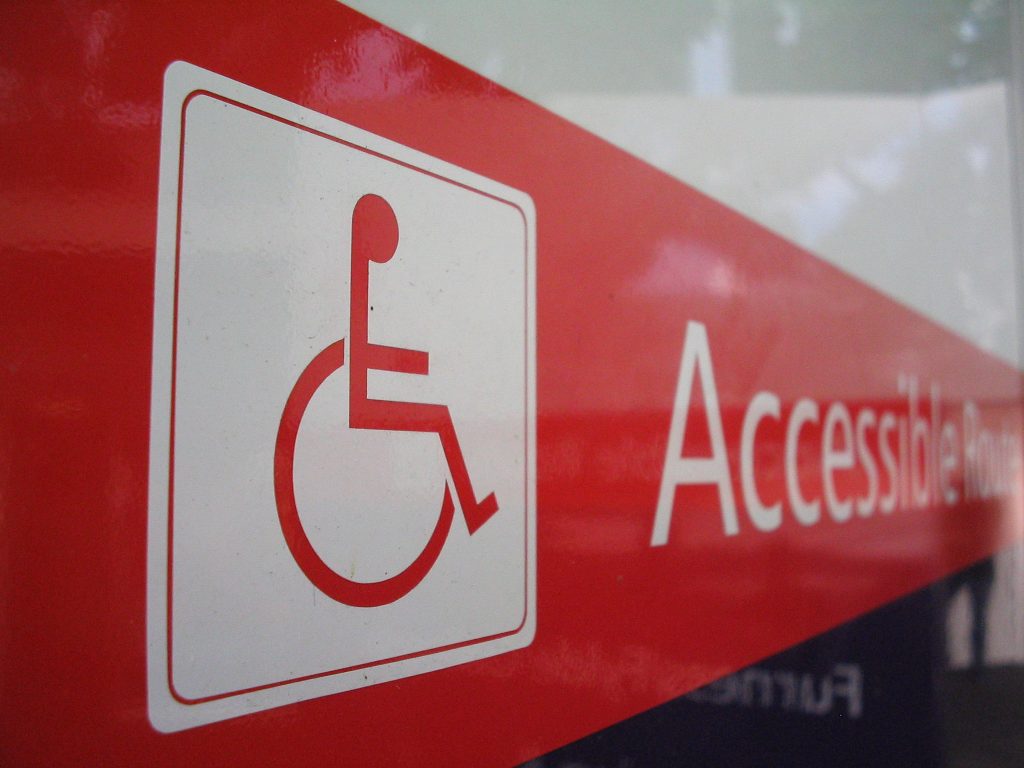 Navigating an ERISA disability insurance claim through the courts can be a difficult task. The best ERISA disability isurance claim lawyers can help be your guide to ensure your rights are protected. The following case that arises out of the Federal Court system in New Orleans demonstrates the issues that can arise when you fail to timely provide the required documents to prove your case and your insurer denies your disability claim.
Navigating an ERISA disability insurance claim through the courts can be a difficult task. The best ERISA disability isurance claim lawyers can help be your guide to ensure your rights are protected. The following case that arises out of the Federal Court system in New Orleans demonstrates the issues that can arise when you fail to timely provide the required documents to prove your case and your insurer denies your disability claim. When going to the nail salon, the last thing anyone thinks about is falling and getting seriously injured. Slip and fall accidents happen all the time, and it is important to gather as much evidence as possible and retain a good personal injury attorney in order to build the best possible case for yourself. The courts do not look favorably on those who make a claim and have very little evidence to back it up, as Pamela Burnett (“Ms. Burnett”) discovered when trying to win damages from the Lucky Nails salon.
When going to the nail salon, the last thing anyone thinks about is falling and getting seriously injured. Slip and fall accidents happen all the time, and it is important to gather as much evidence as possible and retain a good personal injury attorney in order to build the best possible case for yourself. The courts do not look favorably on those who make a claim and have very little evidence to back it up, as Pamela Burnett (“Ms. Burnett”) discovered when trying to win damages from the Lucky Nails salon.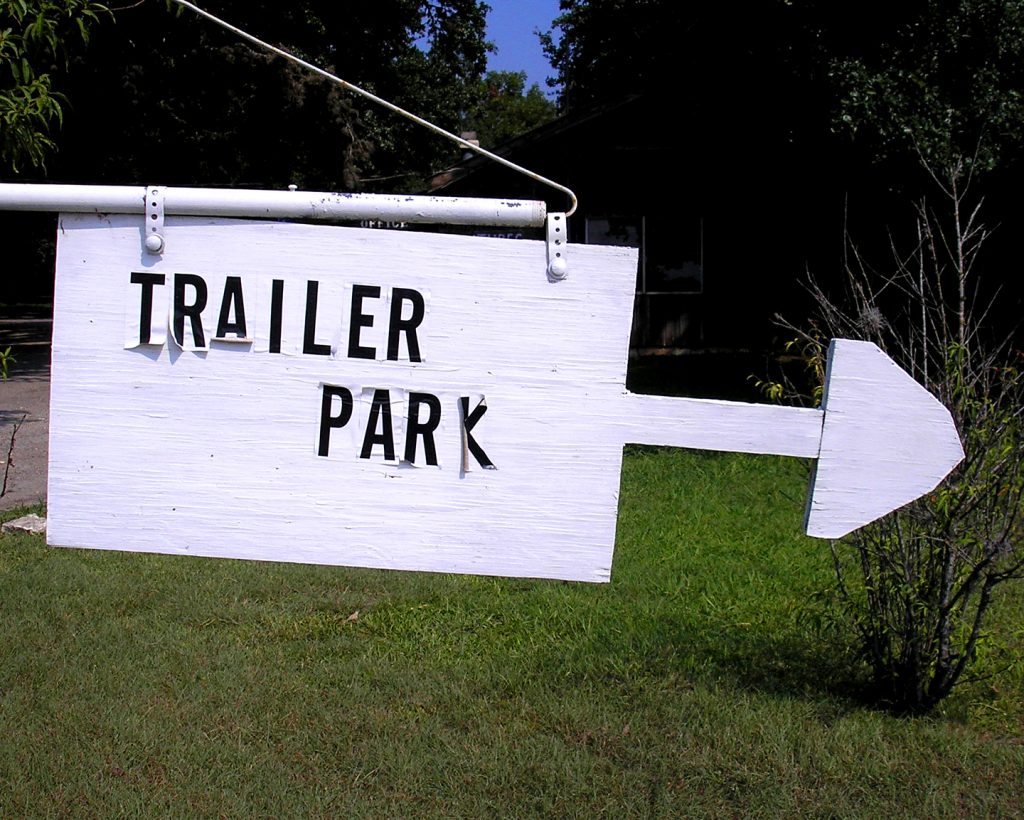 In any personal injury lawsuit, it is absolutely critical that the plaintiff documents his or her injuries and gather evidence in support of legal claims. In addition to establishing that the defendant breached a duty of care, personal injury plaintiffs must also prove – through medical testimony and documentation – that it was more probable than not that the accident at issue caused their injuries.
In any personal injury lawsuit, it is absolutely critical that the plaintiff documents his or her injuries and gather evidence in support of legal claims. In addition to establishing that the defendant breached a duty of care, personal injury plaintiffs must also prove – through medical testimony and documentation – that it was more probable than not that the accident at issue caused their injuries.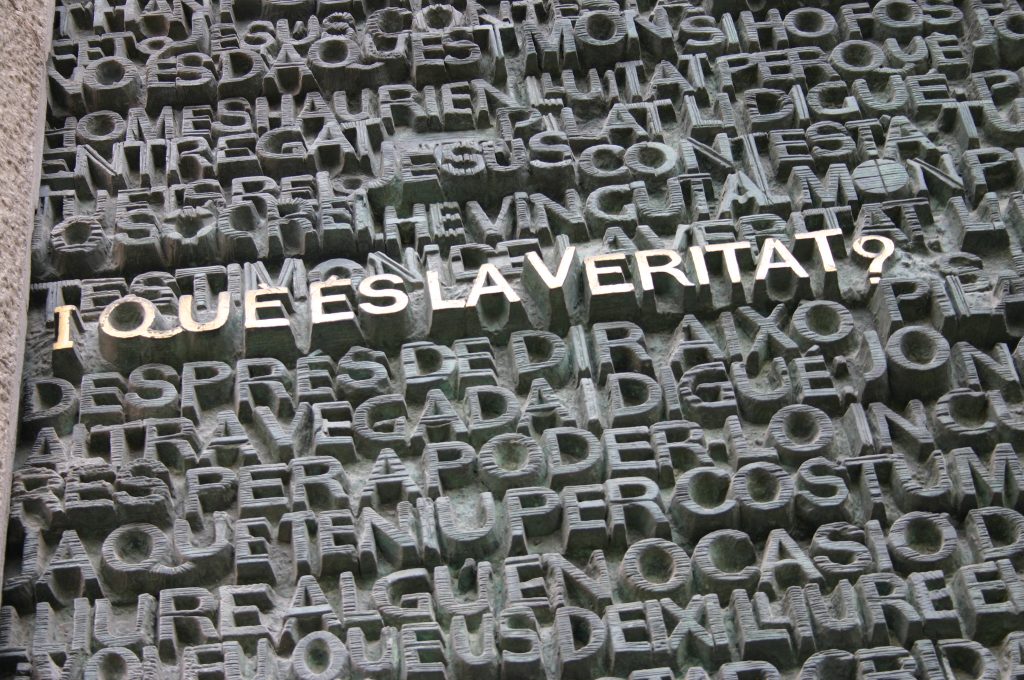 What happens when an accident happens at the workplace? Well, you would immediately head to the doctor. You would rely on your medical records to show the truth when you talk to your insurance company. However, what happens when the medical administration doesn’t agree that your medical records are demonstrative of the truth? Strengthening your case against corporations that attempt to veil the importance of your medical records requires the very best attorneys possible.
What happens when an accident happens at the workplace? Well, you would immediately head to the doctor. You would rely on your medical records to show the truth when you talk to your insurance company. However, what happens when the medical administration doesn’t agree that your medical records are demonstrative of the truth? Strengthening your case against corporations that attempt to veil the importance of your medical records requires the very best attorneys possible. When a merchant sets up shop, he/she may become liable for any accident that occurs on the business’s premises. However, the merchant is not automatically at fault. Sometimes a person is injured and the merchant is not to blame, either because the plaintiff was careless or failed to satisfy his burden of proof. The law in Louisiana that governs a merchant’s liability for negligence also governs the plaintiff’s burden of proof when bringing a claim against a merchant. This law also provides a list of elements, which the plaintiff must prove in order to succeed in their claim. See
When a merchant sets up shop, he/she may become liable for any accident that occurs on the business’s premises. However, the merchant is not automatically at fault. Sometimes a person is injured and the merchant is not to blame, either because the plaintiff was careless or failed to satisfy his burden of proof. The law in Louisiana that governs a merchant’s liability for negligence also governs the plaintiff’s burden of proof when bringing a claim against a merchant. This law also provides a list of elements, which the plaintiff must prove in order to succeed in their claim. See  When you suffer a personal injury such as a slip and fall and pursue a remedy in court, you must be able to support your allegations with sufficient evidence. After conducting initial discovery, a party may move for summary judgment and seek to have the case dismissed before it is ever heard by a trier of fact. When a party moves for summary judgment, it argues that the initial discovery shows that there are no issues of material fact to be decided by the trier of fact and that it is entitled to judgment as a matter of law. The opposing party, the party seeking to avoid having their case dismissed, must then present evidence to show that there are issues of material fact that should be heard at trial. In a recent case from the Louisiana Second Circuit Court of Appeal, a plaintiff conveniently “corrected” her deposition testimony attempting to defeat a motion for summary judgment. While the suspect changes were ultimately admitted, this was not sufficient to allow the case to go forward at trial.
When you suffer a personal injury such as a slip and fall and pursue a remedy in court, you must be able to support your allegations with sufficient evidence. After conducting initial discovery, a party may move for summary judgment and seek to have the case dismissed before it is ever heard by a trier of fact. When a party moves for summary judgment, it argues that the initial discovery shows that there are no issues of material fact to be decided by the trier of fact and that it is entitled to judgment as a matter of law. The opposing party, the party seeking to avoid having their case dismissed, must then present evidence to show that there are issues of material fact that should be heard at trial. In a recent case from the Louisiana Second Circuit Court of Appeal, a plaintiff conveniently “corrected” her deposition testimony attempting to defeat a motion for summary judgment. While the suspect changes were ultimately admitted, this was not sufficient to allow the case to go forward at trial. 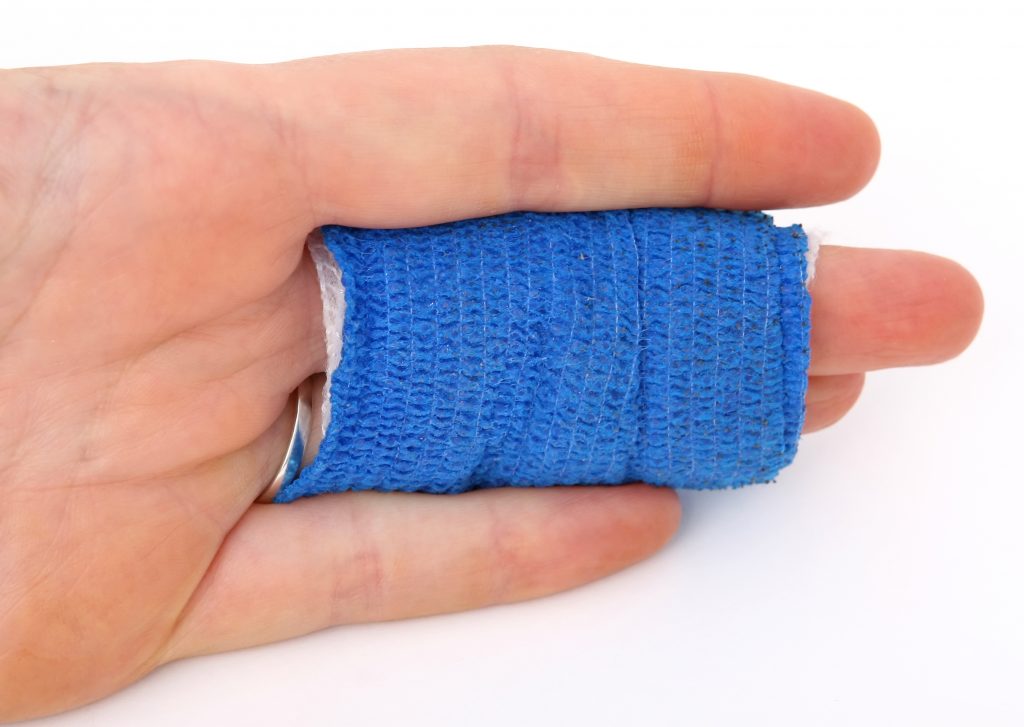 Workers’ compensation is a form of insurance run by the state government which pays wage replacement and medical benefits to employees injured on the job.
Workers’ compensation is a form of insurance run by the state government which pays wage replacement and medical benefits to employees injured on the job. 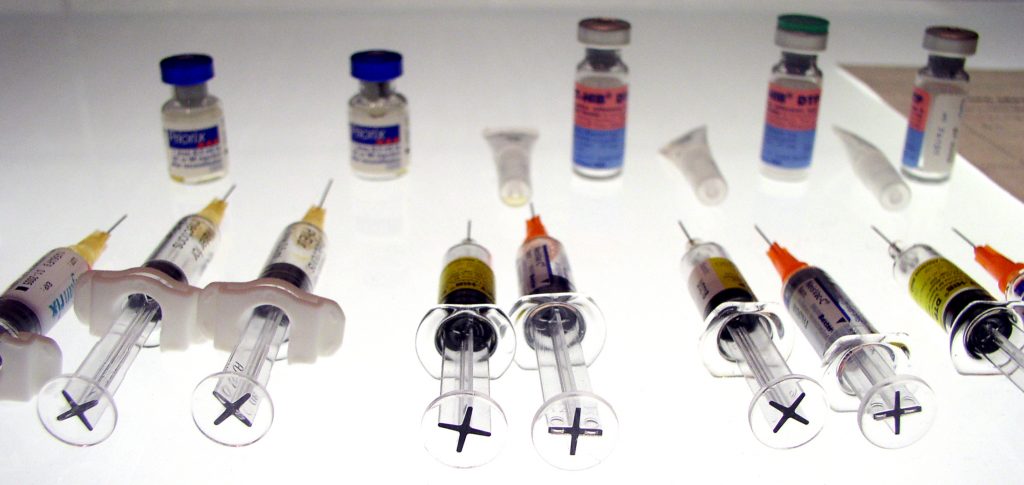 Companies that do business in multiple states must consider that individual states have their own laws, which must be followed if a company plans to do business in that state. It can never hurt to do your due diligence before you begin operations and a good attorney can be a vital resource. Recently, a Louisiana appellate court overturned the decision of a Worker’s Compensation Judge (WCJ) who ordered an out-of-state pharmacy to receive over $7,000 in reimbursement for providing prescription drugs to a worker’s compensation claimant over a seven-month period in 2010.
Companies that do business in multiple states must consider that individual states have their own laws, which must be followed if a company plans to do business in that state. It can never hurt to do your due diligence before you begin operations and a good attorney can be a vital resource. Recently, a Louisiana appellate court overturned the decision of a Worker’s Compensation Judge (WCJ) who ordered an out-of-state pharmacy to receive over $7,000 in reimbursement for providing prescription drugs to a worker’s compensation claimant over a seven-month period in 2010. We’ve all been in the situation where we’re sitting at a red light or approaching an intersection and all of a sudden we hear sirens and see flashing lights. Everyone knows to stop and yield to the oncoming ambulance. Sometimes, however, a driver might not yield for whatever reason. This is exactly what happened in this case, which involves an EMT who was injured on the job while riding in an ambulance.
We’ve all been in the situation where we’re sitting at a red light or approaching an intersection and all of a sudden we hear sirens and see flashing lights. Everyone knows to stop and yield to the oncoming ambulance. Sometimes, however, a driver might not yield for whatever reason. This is exactly what happened in this case, which involves an EMT who was injured on the job while riding in an ambulance.